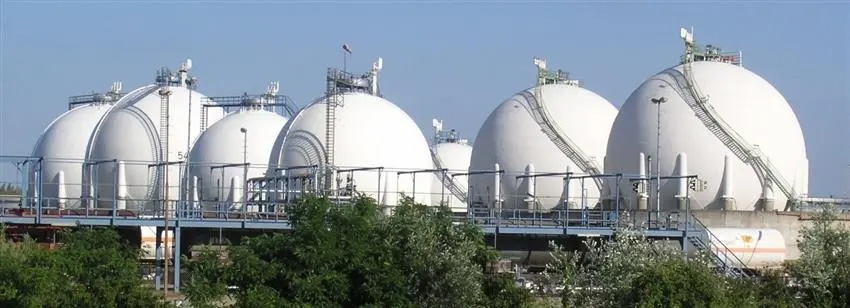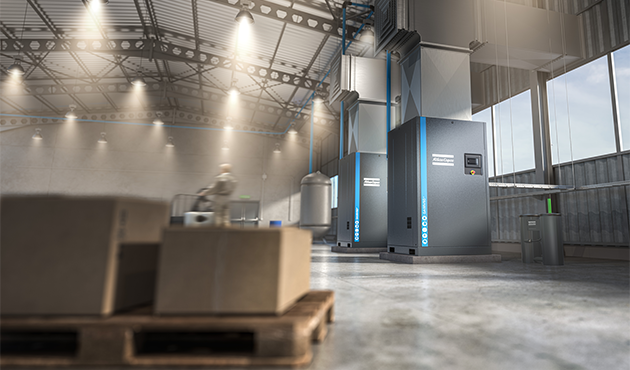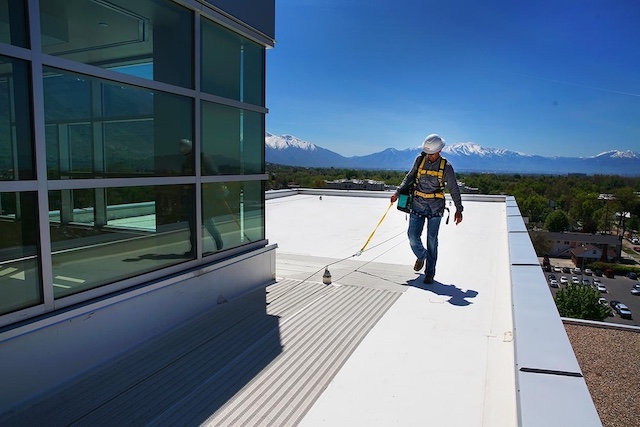SPD technology offers flexible solutions for process applications.
In the process control industry, control cabinet space comes at a premium. Large process technology systems can now manage several thousand data signals simultaneously. A correspondingly large number of field cables often terminate in high-density marshaling cabinets.
Today’s surge protective devices (SPDs) must withstand the harsh environments common in process applications, and do so in ever-smaller packages. With each new generation of process equipment, the available room within cabinets where SPDs can be installed decreases.
As this space diminishes and other requirements become more demanding, industrial SPDs have evolved to meet these new challenges. Today, at least one manufacturer of measurement and control signal surge protectors offers a surge protector housed inside an ultra-narrow package that measures just 3.5 mm wide. Other SPDs, offered in compact 6-mm packages, address specific high-current, high-frequency, and hazardous location application requirements.
Assessing sources of danger
Storm-related lightning discharges frequently cause damaging surge overvoltage events. Even remote lightning strikes can adversely affect electrical and electronic components. In the vicinity of a strike, there is always a ground-potential rise caused by the conduction of lightning-induced current through the earth-grounding resistance that can damage the insulation of device components and cables.
The electromagnetic field created during the short duration of the lightning-generated impulse can inductively couple into signal lines to compromise data communications and damage sensitive electronic circuitry. Components connected to copper cable runs over long distances, outside of buildings and in open spaces, are particularly at risk. But even inside buildings, signal lines are vulnerable, especially when their electromagnetic tolerances were not specified at the time the signal lines were installed.
Inductive load switching processes, which generate the vast majority of transients, can couple surge energy into signal lines running in parallel with power conductors to disrupt equipment operations and cause hardware failures. Deploying surge protection on all susceptible measurement and control signal applications has long been proven to increase equipment reliability and system availability. Even so, surge protection can still do more.
Today, surge protection for measurement and control circuits can often be used as fully fledged terminal blocks in cable distribution cabinets to provide a surprising amount of additional functionality. This can simplify cable installation and signal circuit startup processes, as well as ease later maintenance requirements. Process technology equipment users are demanding compact, space-saving SPD design concepts.
For example, several thousand signals and a correspondingly large number of field cables often terminate in high-density marshaling cabinets in large process technology systems. However, with the advances in state-of-the-art SPD technology, some surge protectors can connect and protect two signal conductors on a device with an overall width of just 3.5 mm. With these ultra-narrow SPDs, 572 signal lines can be protected against surge voltages on just a one-meter length of DIN rail (Figure 2).
Thanks to innovative protective circuits, an SPD measuring just 3.5 mm wide can fulfill all three EN 61643-21 [1] C1, C2, and D1 surge protection standard performance category requirements.
Maintenance work made easier
Slightly wider 6-mm SPDs offer many additional functions to support maintenance work. Integrated knife disconnection can be implemented to isolate the controller and field-side signals from each other. This function is not just practical for maintenance activities, but also eases field troubleshooting procedures. If a short circuit is suspected on the field cabling, for example, the field technician can simply open the SPD’s knife disconnection mechanism and measure the loop resistance directly on the SPD’s terminal contacts. Even installation measurements easily are conducted when the knife disconnector is open. The cables never have to be physically removed from the surge protector.
Checking lightning and surge protection equipment at regular intervals is not only recommended, but prescribed in many areas of application. Pluggable SPDs make this process easy. If voltage-limiting components are housed in the plug-in product part, then they can be easily unlocked and pulled out of the base element to allow the connected signal lines to remain unaffected on the base element. The signal circuit is not interrupted when the surge plug is removed from its base element, so the system continues to operate during the surge protection connector test.
Overload protection and remote signaling
Some modern SPDs offer integrated overload protection. If the protective function is triggered, it is signaled by the SPD’s integrated status indicator (Figure 3). This function does not require any auxiliary power or additional wiring. In addition, the status of up to 40 surge arresters can be monitored simultaneously. Remote SPD monitoring can be easily integrated into control center technology.
Besides the legacy analog and discrete signaling protocols, fieldbus systems also play a big role in modern process technology. SPDs for process applications need to address the requirements of classic signaling formats and also for high-speed serial data transmission requisites, especially when they are deployed in potentially explosive atmospheres.
ATEX, IEC Ex, and UL Class I, Division 2 approvals demonstrate the suitability of surge protection devices that are utilized in intrinsically safe applications. A surge protector that has all three international approvals can be used in nearly any hazardous location around the world. This trifecta approval can simplify inventory requirements for companies that work internationally.
Today’s narrow SPDs go beyond yesteryear’s basic surge protection requirements. There is now a surge protection solution for nearly every measurement and control application. The minimal overall width of ultra-narrow SPDs not only saves space in small- and medium-sized systems, but drastically reduces the number of control cabinets that are required in larger applications.
Jack Coghlan is a product marketing specialist for surge protection for Phoenix Contact USA.
[1] DIN EN 61643-21; Surge protective devices for low voltage – Part 21: Surge protective devices connected to telecommunications and signaling networks – Performance requirements and testing methods



